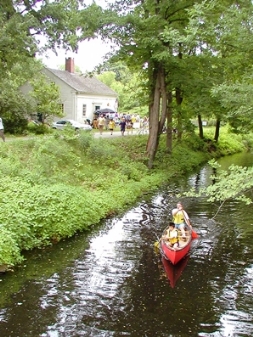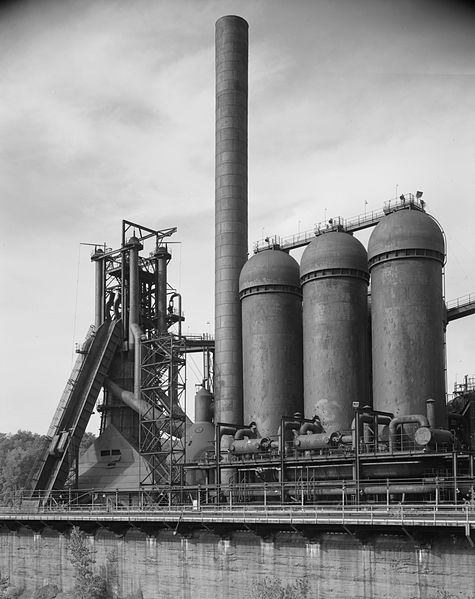To provide observations and information on the emerging fields of landscape scale conservation, heritage preservation, and sustainable community development.
Newsletter
Stay up-to-date with the latest nature, culture and community news.
We won’t spam you or share your information. Newsletters are sent approximately 10 times a year. Unsubscribe at any time.
1981 and 2017: What Can We Learn?
Flagging Sites of Universal Value

Filling Mines with Fish: Rebranding the Mesabi Range as a Recreational Landscape
Post-mining landscapes often lie. What we see on the landscape today does not necessarily reflect the history in which that landscape was shaped. In this piece, guest observer John Baeten explores the complex story of Minnesota’s Mesabi Iron Range, tracing the effects of heritage tourism and environmental reclamation on a region long known as a center of extractive industry

Blackstone River Valley: Policy Without Money is just Talk
The Blackstone River Valley in Massachusetts and Rhode Island has long been a hotbed of innovation from its earliest industrialization to experimentation in protected area management with the creation of a National Heritage Corridor in 1986. Recently, the conservation possibilities of the region have been re-imagined yet again. In 2014, Congress authorized a new park unit – the Blackstone River Valley National Historical Park. How might this latest change affect the ongoing story of the heritage corridor with more than three decades of working on the ground in communities throughout the valley?

Change Over Time in an Industrial Landscape
The landscape surrounding Carrie Furnaces, a National Historic Landmark in Rankin, Pennsylvania, has dramatically changed in the decades since the U.S. Steel Works in nearby Homestead dominated the nation’s industrial production. Thoughts on why this change is important and how it enhances interpretation of the site’s story.
Made in Pennsylvania and the State of Industrial History
The 1991 report “Made in Pennsylvania,” which documented the Commonwealth’s significant industrial heritage, is a good barometer to use in measuring the important work that the state’s heritage areas have accomplished. Threats to the National Heritage Areas program now put these gains in jeopardy.

Filling Mines with Fish: Rebranding the Mesabi Range as a Recreational Landscape
Post-mining landscapes often lie. What we see on the landscape today does not necessarily reflect the history in which that landscape was shaped. In this piece, guest observer John Baeten explores the complex story of Minnesota’s Mesabi Iron Range, tracing the effects of heritage tourism and environmental reclamation on a region long known as a center of extractive industry

Blackstone River Valley: Policy Without Money is just Talk
The Blackstone River Valley in Massachusetts and Rhode Island has long been a hotbed of innovation from its earliest industrialization to experimentation in protected area management with the creation of a National Heritage Corridor in 1986. Recently, the conservation possibilities of the region have been re-imagined yet again. In 2014, Congress authorized a new park unit – the Blackstone River Valley National Historical Park. How might this latest change affect the ongoing story of the heritage corridor with more than three decades of working on the ground in communities throughout the valley?

Change Over Time in an Industrial Landscape
The landscape surrounding Carrie Furnaces, a National Historic Landmark in Rankin, Pennsylvania, has dramatically changed in the decades since the U.S. Steel Works in nearby Homestead dominated the nation’s industrial production. Thoughts on why this change is important and how it enhances interpretation of the site’s story.
Made in Pennsylvania and the State of Industrial History
The 1991 report “Made in Pennsylvania,” which documented the Commonwealth’s significant industrial heritage, is a good barometer to use in measuring the important work that the state’s heritage areas have accomplished. Threats to the National Heritage Areas program now put these gains in jeopardy.


